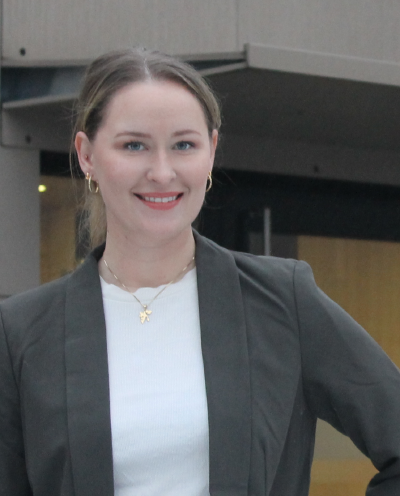Concise and informative visualisation is the key for comprehension and
communication of data and analysis results. Especially these days where the
amount of data is often huge and traditional visualisation forms may not be
suitable. Treatments like data reduction or aggregation are then needed
to visualise the data efficiently.
Visualisation of data plays an important role in data science, machine learning
and analysis platforms. Raw data needs to be inspected, results of
computational simulations and algorithms need to verified, and the end-users
need insight into the data too. Given the large amounts of data available in
today’s analyses, implementing efficient and responsive visualization software
is far from trivial.
Our consultants have expertise in standard and advanced data visualisation
techniques. This includes pretreatments such as reduction, aggregation and
contextualising of data. For more complex visualization of larger data sets, a
combination of different techniques is often required. For instance, deriving
some statistical measures across spatial, temporal and parametric dimensions
can be combined with blending techniques to provide novel visual insight.

Daniel is a seasoned software developer with a PhD in neuroscience, specializing in data analysis and cloud software
development. With expertise in multiple stages of project development, Daniel’s work spans from the initial definition
of project goals and value propositions to the deployment of final products, including services, dashboards, reports,
production models, and APIs. His background in neuroscience provides a strong foundation in complex data processing and
analysis, allowing him to tackle challenging problems in diverse domains. He started working professionally with software development in 2016.

Sebastian is a curious person always looking to learn about
new topics and combining them into novel solutions to complex
problems. He received his PhD in biocomputional sciences in
March 2021 from the Italian Institute of Technology/University
of Bologna, where he studied how nanomaterials interact with
physiological environments. He is experienced in molecular
simulations, data visualization, and scientific writing.
In more recent years, Sebastian has been applying bioinformatic
methods to genomics, proteomics, and transcriptomics data.







